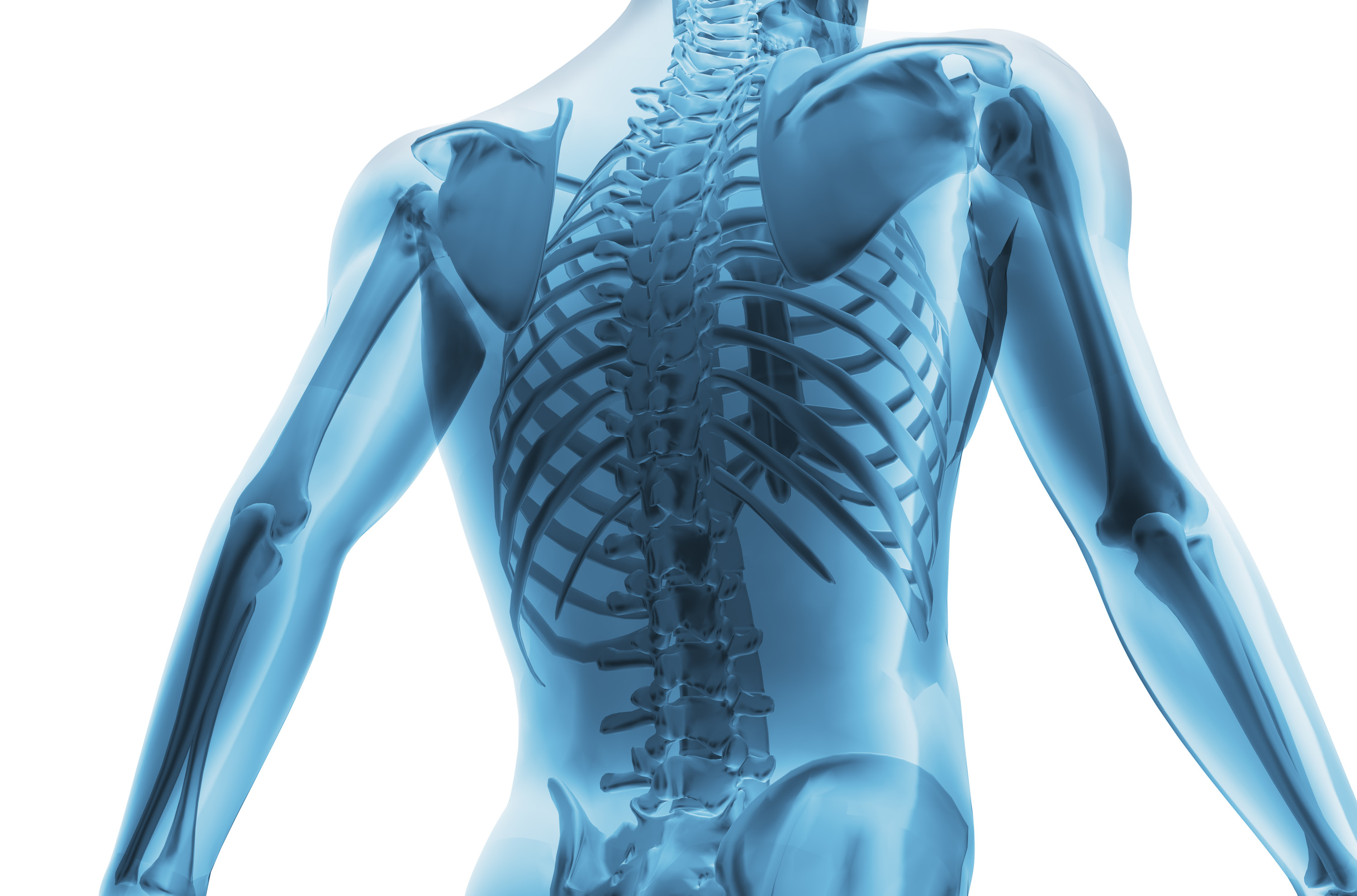How to Approach Sarcopenia As You Age

By Archana Gogna, MS, CNS, MBA
Maintaining strong and toned muscles are very important; not just for the sake of vanity and for attracting admiring looks, but the health of muscles translates to real health and vitality. While a great deal has been made of strong bones, not enough attention is paid to the health of muscles mass other than for ‘decorative’ purposes. Just as there is a name given to the condition of loss of bone mass (osteoporosis) so is there a name for the loss of muscle mass (sarcopenia).
Sarcopenia (from Greek, sarx, “flesh” and penia, “poverty”) is the degenerative loss of skeletal muscle mass, quality, and strength associated with aging. It starts to become apparent after the age of 40 and progresses annually (0.5 to 1% loss per year after the age of 50), generally accelerating after the age of about 75. Progressive sarcopenia is a good predictor of many illnesses, physical and mental, as well as premature mortality. Sarcopenia and osteoporosis are directly related conditions, one often following the other. Muscles generate the mechanical stress to keep our bones healthy. When muscles are used less frequently, as in the elderly and in ‘couch potatoes’, it can exacerbate the problem of osteoporosis and lead to a decline in health. It is evident that the top priority to maintain good health involves maintaining muscle health.
There is no single cause of sarcopenia. Sarcopenia can be a result of many different factors that arise as a natural part of aging, like – Continue Reading >>